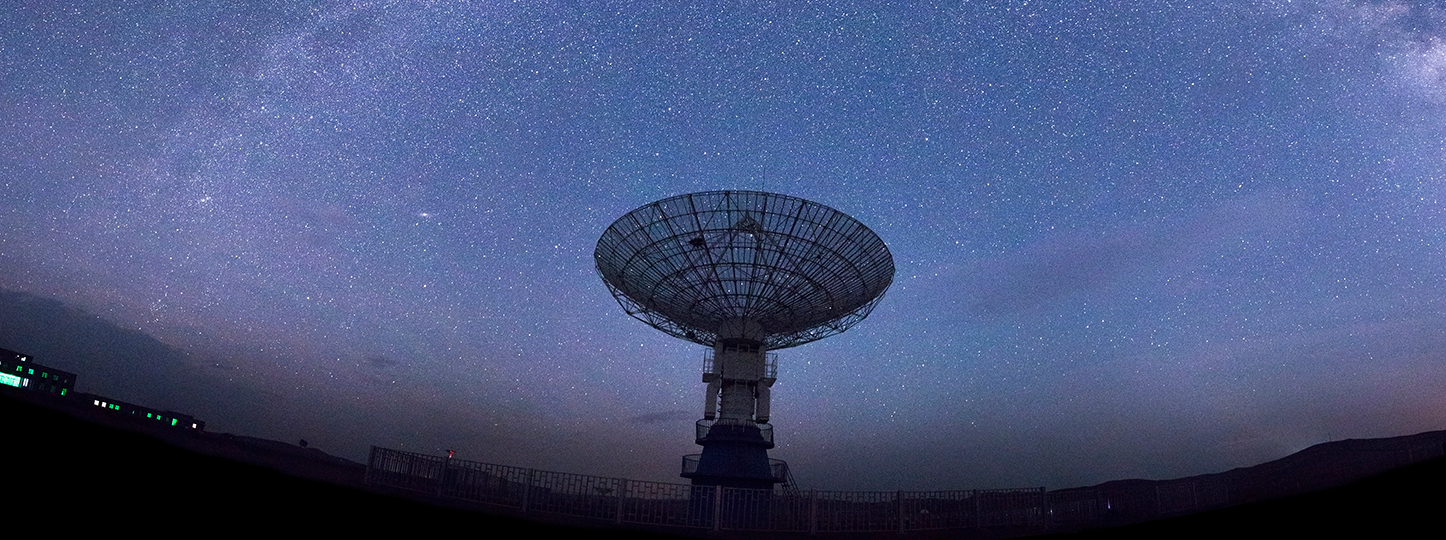
RMIT expert available for comment on the NASA Ingenuity Helicopter flying on Mars
An expert from RMIT University is available to speak with media about the NASA Ingenuity Helicopter, which once activated on Mars will be the first flight on another planet.
The Ingenuity Helicopter is expected to fly around 8:15pm (AEST).
Dr Gail Iles (0431 342 026 or gail.iles@rmit.edu.au)
Topics: Mars, Perseverance Rover, Ingenuity Helicopter, physics, space exploration
“When the Perseverance Rover landed on Mars in February, it was carrying a very special package: The Ingenuity Helicopter.
“The helicopter is set to test powered flight on another world for the first time.
“The milestone will be technologically significant, as the atmosphere in Mars is extremely thin.
“Martian atmosphere is 1/100 of Earths’, meaning the Ingenuity Helicopter needs 100 times more lift to fly.
“Flying on Mars would be like flying at 100,000 ft (30km) on Earth.
“The Ingenuity Helicopter has two rotors, with a distance o f1.2m from tip-to-tip, which spin at roughly 2,400 rpm. A regular helicopter rotor generally spins at 200-500 rpm with a distance of about 8-10 metres from tip to tip.
“The helicopter is powered by Li-ion batteries, which are charged by solar panels.
“A small piece of the wing covering from the Wright brothers' 1903 Wright Flyer, the first powered aircraft on Earth, is attached to a cable underneath Ingenuity's solar panel.
“In 1969, Apollo 11's Neil Armstrong carried a similar Wright Flyer artefact to the Moon in the Lunar Module Eagle.
“The helicopter has been deployed by The Perseverance Rover and has already survived a cold Martian night on its own.
“There are several factors determining when the historic flight can take place: it can’t fly at night for navigation purposes, it needs to charge its solar panels, the weather can’t be too windy, and the Perseverance rover must not be working on anything else.
“We can expect the first flight to take off a few feet from the ground, hover for about 20 to 30 seconds, and land.
“After that, NASA will attempt additional experimental flights of incrementally further distance and greater altitude.
Dr Gail Iles is a Senior Lecturer of Physics in the School of Science at RMIT University and a Fellow of the Australian Institute of Physics. She researches the properties of materials such as water dynamics in Martian minerals and magnetism and holds a medal for extensive time spent experimenting in zero-gravity. Previously, Iles was an astronaut instructor at the European Astronaut Centre in Germany.
***
For media enquiries, please contact RMIT Communications: 0439 704 077 or news@rmit.edu.au
- Science and technology
Acknowledgement of Country
RMIT University acknowledges the people of the Woi wurrung and Boon wurrung language groups of the eastern Kulin Nation on whose unceded lands we conduct the business of the University. RMIT University respectfully acknowledges their Ancestors and Elders, past and present. RMIT also acknowledges the Traditional Custodians and their Ancestors of the lands and waters across Australia where we conduct our business - Artwork 'Sentient' by Hollie Johnson, Gunaikurnai and Monero Ngarigo.